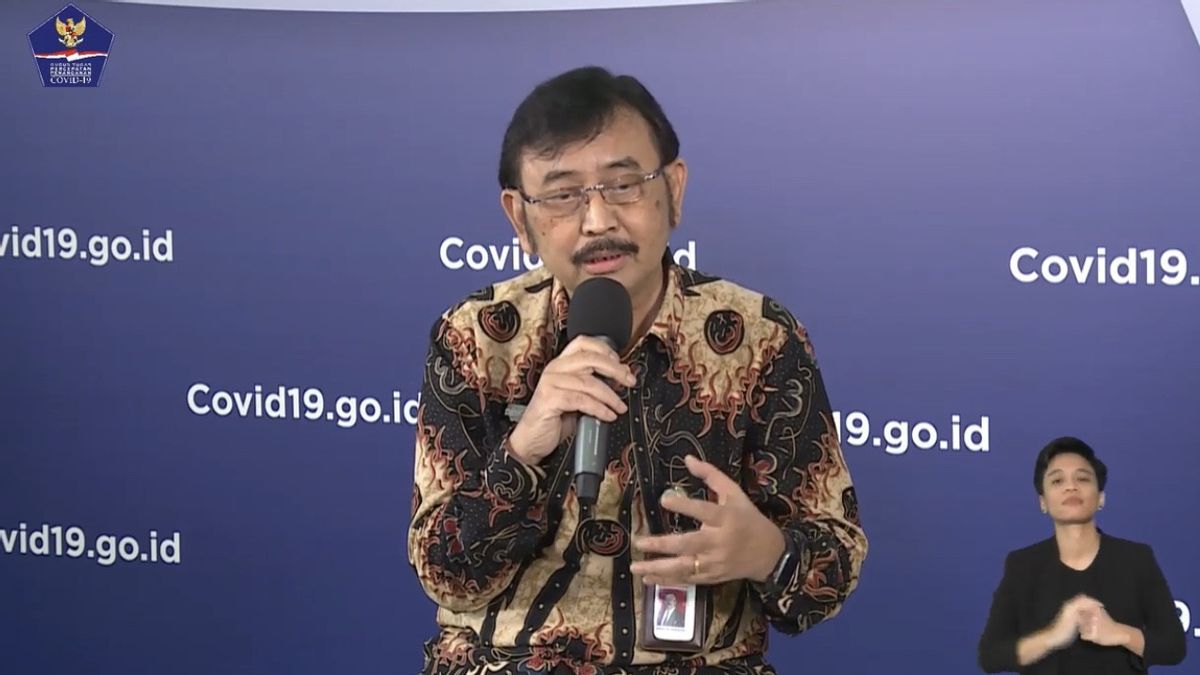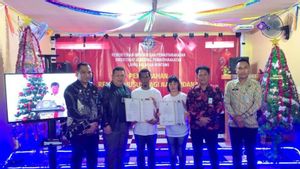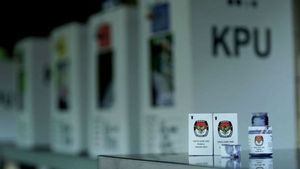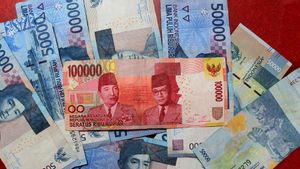JAKARTA - Head of Data and Information Center for the Ministry of Health (Kemenkes) Didik Budijanto said that neither data nor information was covered regarding the spread of the corona virus or COVID-19 in Indonesia. All information, said Didik, is certain to be open and nothing is covered.
"To be honest, no data is covered. There is no data that is covered," Didik said in a press conference broadcast on BNPB's YouTube account, Tuesday, April 28.
He explained, if there are differences in the data submitted by the spokesman for handling COVID-19 Achmad Yuriant0 (Yuri), it is because the data is sent during the cut-off point time, which is at 12.00 WIB. The data read by Yurianto is the one recorded up to 12.00 WIB, so it is natural that there is a difference.
"When the spokesperson conveyed it, the data was dynamic and kept moving. ... That's why the spokesmen always conveyed it based on the data at 12.00 noon," said Didik.
He explained that the data read by Yuri was collected from laboratory specimens from the Health Research and Development Agency of the Ministry of Health. Furthermore, this data will be compiled at the Balitbangkes and validated, it is likely that one specimen is checked repeatedly.
"After the Balitbangkes process, the data is sent to the PHOC (Public Health Emergency Operating Center) at the Ministry of Health. There it is also verified and validated," he said, adding that the data received by PHOC was not only data from Balitbangkes but data from the Regional Health Office for tracing. epidemiology.
After that, PHOC will carry out validation and verification until finally the last number appears about how many specimens have been examined and the number of positive and negative cases. Thus, the data that Yurianto reads out every day is definite data and has been integrated with the Task Force.
Didik said that this data must be known to the public. Moreover, President Joko Widodo asked for data related to COVID-19 to be made public.
This data, he said, also serves to determine the spread of the virus in the regions. So that each region can take preventive or preventive action.
"This is data that policy makers must continue to monitor. So that by continuing to slope, it turns out that the intervention continues to be on the track," concluded Didik.
The English, Chinese, Japanese, Arabic, and French versions are automatically generated by the AI. So there may still be inaccuracies in translating, please always see Indonesian as our main language. (system supported by DigitalSiber.id)









